The Role of Afghanistan in the Development Scenarios of Central Asia. Why a Pragmatic Approach to Developing Relations with This Country is Crucial for Kazakhstan?
With this article we inaugurate a series of publications dedicated to an important yet, in our view, neglected topic – the role and position of Afghanistan in the development of the Central Asian region within the context of emerging geopolitical challenges and threats.
Afghanistan, having experienced monarchy, ‘democratic’ models, and various political regimes, currently finds itself in a ‘temporary lull’ – a historical juncture that provides an opportunity to conclude the fate of the ‘graveyard of empires,’ a proxy war zone, and a subject of narratives surrounding ‘sources of international terrorism and other threats.’
For the Central Asian republics, this presents an opportunity to establish a new system of regional relations, where Afghanistan, instead of being a ‘latently buffered territory’ in Asia, assumes a key role, leveraging its significant geographical and geo-economic potential for Central Asia, China, India, Pakistan, and Iran. In other words, in the new circumstances, Afghanistan’s geography must play a new historical role for our region.
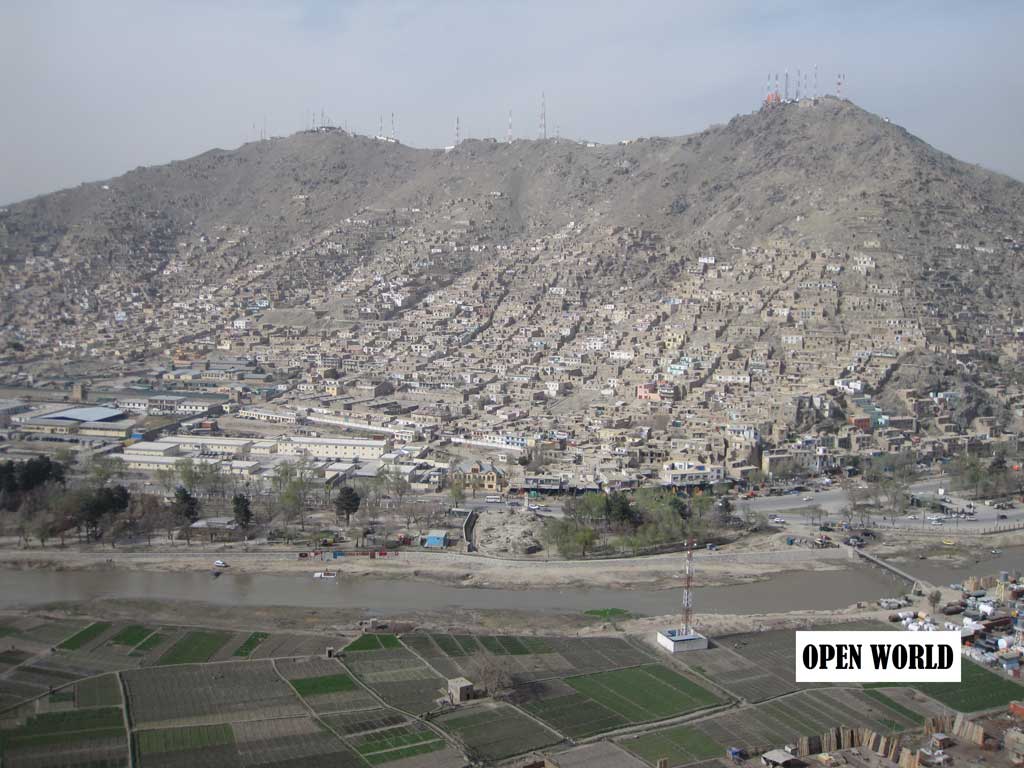
One might think that the withdrawal of the Western coalition from Afghanistan and the subsequent collapse of the security system in 2021 should have heightened fears in our region about possible consequences. The image of the ‘first Taliban’ indeed raised concerns regarding the transfer of religious extremism to the space of Central Asia.
However, more than two years later, it can be confidently stated that the Taliban have proven their viability. They no longer demonstrate antagonism and signal readiness for pragmatism and concessions to the international community on pressing issues. The fact that the Taliban will remain at the helm of Afghanistan for a long time is quite evident to most players.
After August 2021, life in Afghanistan underwent a radical transformation. With the Taliban assuming power, they achieved a crucial milestone—bringing an end to the blood-soaked civil war that had persisted for a staggering 45 (!) years since the ‘April Revolution’ of 1978. There was a notable improvement in the country’s security situation.
All forms of bilateral cooperation came to a halt, the activity of UN structures decreased, a sanction regime was imposed on several members of the Taliban government, access to the international banking system was cut off, and assets from the Afghanistan Reconstruction Trust Fund (ARTF) were frozen.
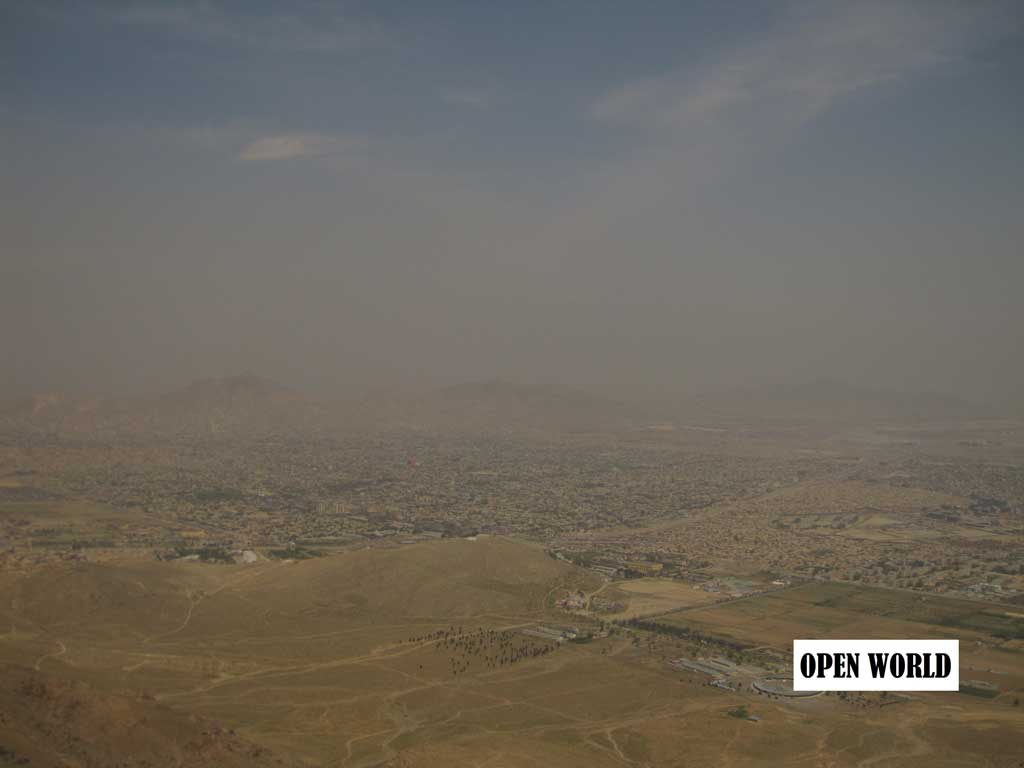
Currently, Afghanistan is grappling with a humanitarian crisis, the severity of which is primarily mitigated by humanitarian aid from donors, notably former members of the ISAF military coalition, international funds, and Central Asian countries, including Kazakhstan. Additionally, revenues from developing bilateral trade relations with some countries contribute to the situation.
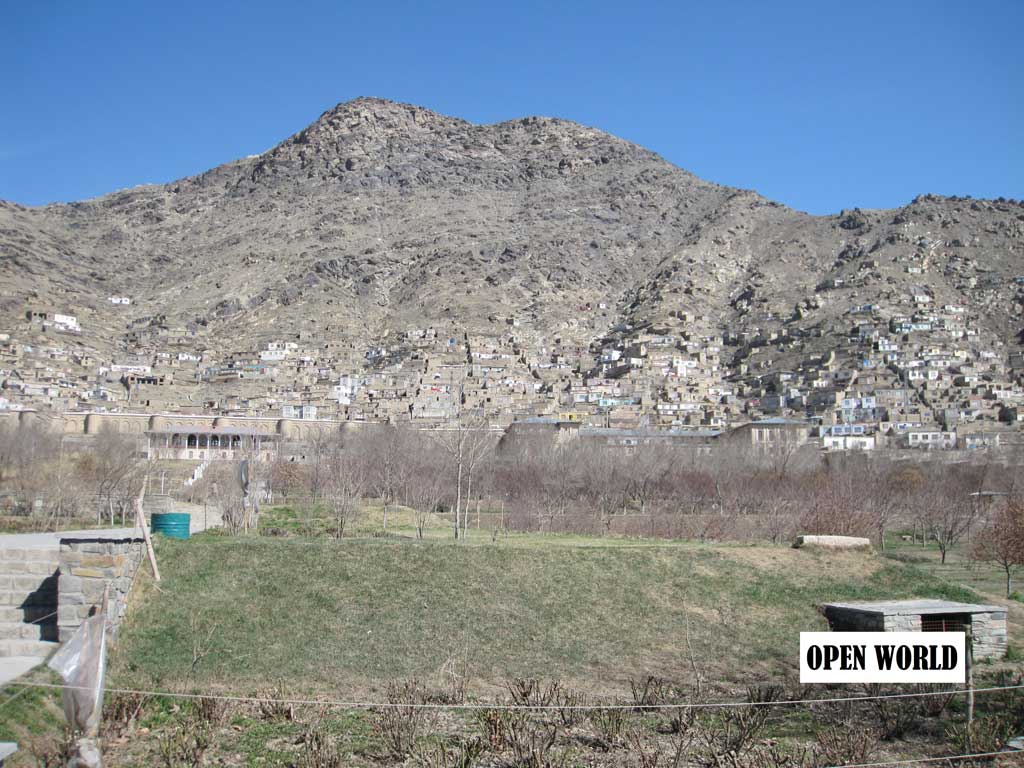
It must be acknowledged that the key factor behind the current support for the Taliban regime by external stakeholders lies in effectively addressing the issue of international terrorism – a tangible indicator of regional security and the creation of conditions for Afghanistan’s safe economic growth. Plays at ‘democratic values,’ such as international community demands to uphold the rights of women and girls, essentially serve as pressure points on the Afghan regime. However, this is a topic we hope to revisit.
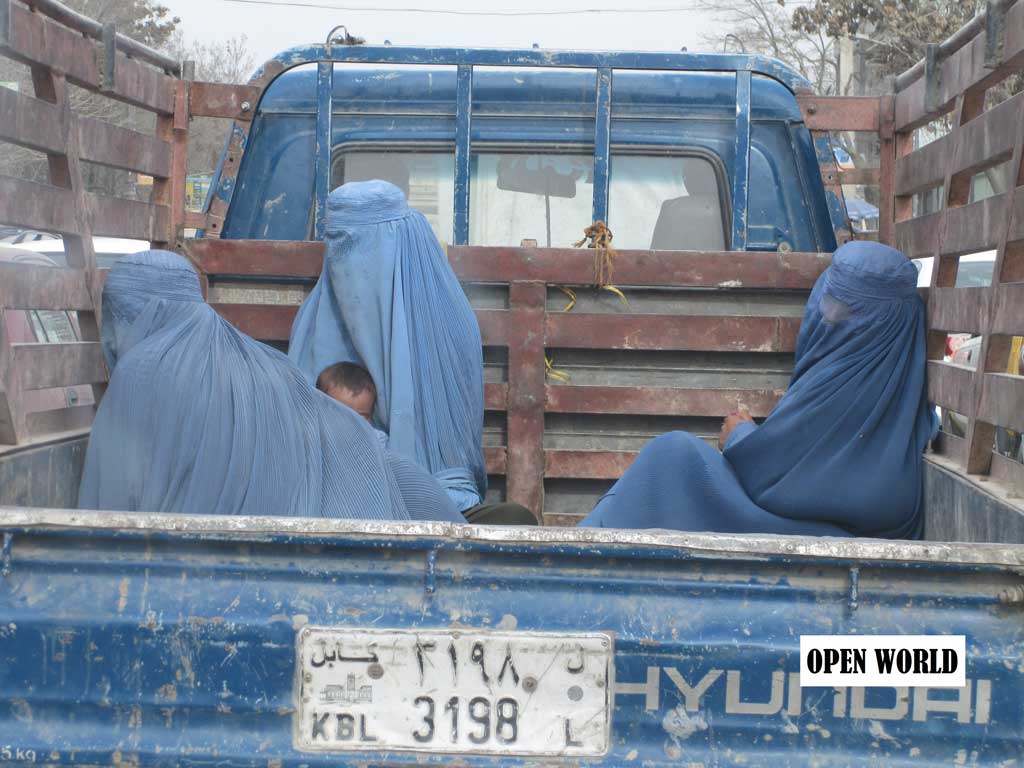
Nevertheless, Afghanistan’s primary geopolitical interests and challenges are more closely tied to the economic interests of countries at the regional level – namely, India, Iran, China, the UAE, Pakistan, Russia, Turkey, and Central Asian countries, all of which recognize the evident prospects that Afghanistan presents.
After August 2021, Afghanistan underwent a seismic shift in its trajectory. With the Taliban assuming power, they achieved a pivotal feat – bringing an end to the blood-soaked civil war that had persisted for an astonishing 45 (!) years since the ‘April Revolution’ of 1978. The country experienced a notable improvement in security.
Practically all forms of bilateral cooperation came to a halt, UN structures saw reduced activity, a sanction regime was imposed on several members of the Taliban government, access to the international banking system was severed, and assets from the Afghanistan Reconstruction Trust Fund (ARTF) were frozen. Presently, Afghanistan is in the throes of a humanitarian crisis, which is largely being alleviated through humanitarian aid provided by donors, including former members of the ISAF military coalition, international funds, and Central Asian countries, including Kazakhstan. Additionally, revenues from burgeoning bilateral trade with several nations contribute to easing the situation.
It must be acknowledged that the primary driver of today’s support for the Taliban regime from external stakeholders is, in reality, the resolution of the international terrorism issue. This serves as a tangible indicator of regional security and aims to create conditions for the safe economic growth of Afghanistan. The so-called ‘games of democratic values,’ particularly the international community’s demands to ensure the rights of women and girls, essentially function as a tool of pressure on the regime in Afghanistan. However, this is a topic we hope to revisit in the future.
Nevertheless, Afghanistan’s primary geopolitical interests and challenges are more closely tied to the economic considerations of regional powers. These include India, Iran, China, the UAE, Pakistan, Russia, Turkey, and Central Asian countries, all of which discern the evident prospects Afghanistan holds.
Foremost among these considerations is Afghanistan’s transit potential — a territory that links various parts of Asia. Four out of six transport and logistics corridors under the Central Asian Regional Economic Cooperation program extend from China through Pakistan, traversing Afghanistan and reaching Uzbekistan, Tajikistan, and Turkmenistan. Key projects such as the China-Pakistan Economic Corridor (CPEC) within the ‘Belt and Road Initiative,’ the ‘Trans-Afghan Corridor,’ and the TAPI gas pipeline remain pertinent. For India, the Iranian port of Chabahar assumes paramount importance as a crucial trade hub along the North-South corridor, providing New Delhi an alternative route to Afghanistan that bypasses Pakistan. The realm of valuable minerals also holds significance, viewed by regional nations as a foundation for investment collaboration and a presence in Afghanistan.
Many are familiar with monumental investment projects in Afghanistan, such as the “Aynak” copper deposit, estimated to hold over 700 million tons of ore; the “Hajigak” iron deposit with assessed reserves of 2 billion tons; oil and natural gas deposits in the north of the country; and the TAPI (Turkmenistan, Afghanistan, Pakistan, and India) gas pipeline project with an approximate cost of $10 billion. Additionally, there’s the Trans-Afghan Railway with an estimated budget of $8 billion.
However, Afghanistan can present numerous smaller yet promising projects for regional cooperation. Let’s consider just two examples in the energy sector:
- The Argandi Transmission Line (located in the Kabul province) to Dasht-e Alwan (Baghlan province), spanning 238 km with a cost of $ 179.8 million. The project is 72% complete, financially supported at 87%, requiring additional funding of $ 23.3 million.
- The Sheberghan Transmission Line (Jowzjan province) to Dasht-e Alwan (Baghlan province), covering a distance of 306 km with a cost of
$ 59.9 million. The project has achieved 46.3% completion, with financial backing at 68%, necessitating further financing of $ 19.2 million.
These projects have been recognized as priorities in the General Plan for the Development of Afghanistan’s Energy Sector until 2032, as well as in the National Energy Supply Program of Afghanistan.
Additionally, noteworthy are agriculture projects that may encompass knowledge exchange and agricultural technologies, including grant-funded research in the field of grain crop breeding. This aims to create highly productive and resilient varieties adapted to Afghanistan’s diverse climatic conditions. The transition from traditional farming methods to bio-intensive approaches is also emphasized to enhance yield from smaller areas, thereby improving water use efficiency.
At this juncture in history, Central Asian countries have the opportunity to lay the foundation for a new model of regional cooperation through the integration of Afghanistan into their orbit, creating conditions for comprehensive support from the global community. Ultimately, this effort aims to reintegrate Afghanistan into the international system.
For our region, the systemic elements shaping new relations with Afghanistan may include:
– A new paradigm for regional security;
– Establishing a political foundation for mutual trade and investment, humanitarian cooperation, transit, and international trade;
– Development of export potential, involving participation in trans-Afghan infrastructure, energy projects, and information and communication technologies.
Currently, there is a keen interest within the Kazakhstan expert and business communities in Afghan affairs. This interest primarily stems from the opportunities for the development of bilateral trade and economic cooperation, as well as the expansion of Kazakhstan’s export potential in the investment and infrastructure development of the country.
This year, two Kazakhstan – Afghanistan business forums have already been held, resulting in specific agreements to enhance trade and economic relations. The Trade House of the Republic of Kazakhstan has commenced operations in Herat. The Chamber of Commerce of Kazakhstan has organized a business tour to Afghanistan for domestic businessmen. Alongside traditional export products such as grain and flour, deliveries of sunflower oil, vegetables, and fertilizers to Afghanistan are increasing.
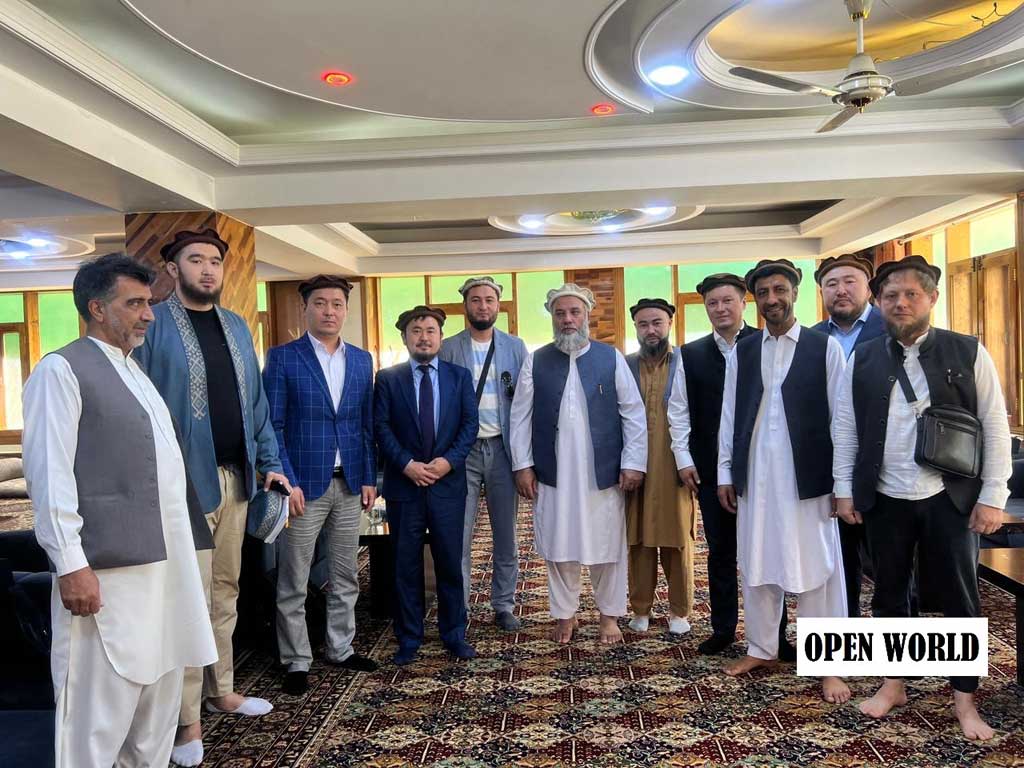
Afghan entrepreneurs are increasingly engaging in business ventures in Kazakhstan. In Shymkent, a plant for the production of non-alcoholic beverages is being established, and plans are being explored for the construction of vegetable storage facilities. There is a sustained interest in establishing logistics schemes through Kazakhstan, including through investments in the creation of corresponding infrastructure.
A new trend is the emergence of proposals from Afghans for supplying food products produced in so-called full-cycle enterprises to Kazakhstan. Currently, these include only beverages and chips, but the fact itself indicates a positive business dynamic in Afghanistan.
The expansion of contacts between business circles of the two countries signifies a fairly extensive agenda. Alongside the increase in trade turnover, substantive discussions are being held on infrastructure projects in the energy sector, road construction, and the extraction of semi-precious stones.
P.S. Dear colleagues, experts, and concerned readers! Your opinion is of special importance to us; it will help deepen our understanding of the topic and make future publications more engaging. Please leave your comments.
Center for Analysis and Forecasting “Open World






